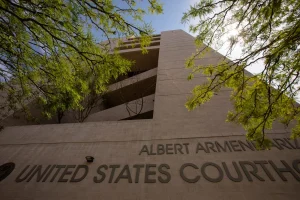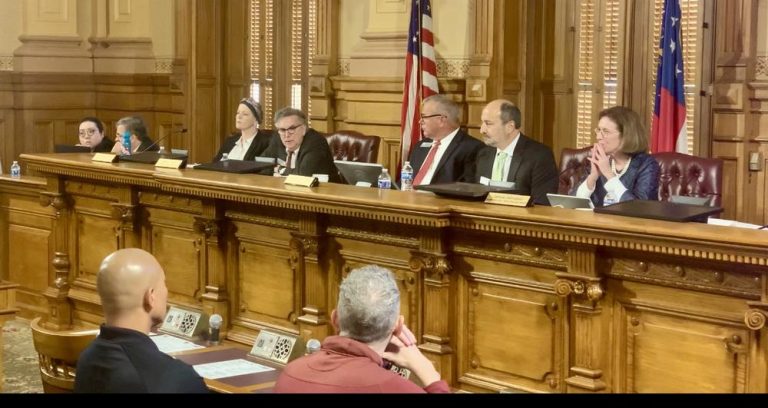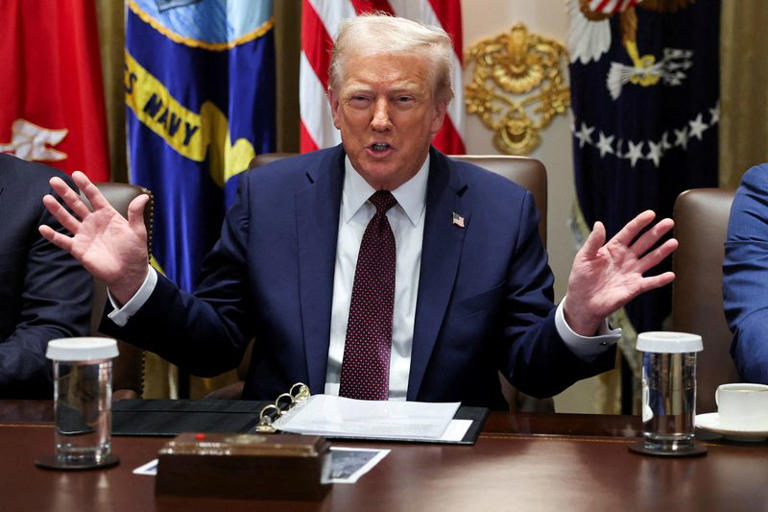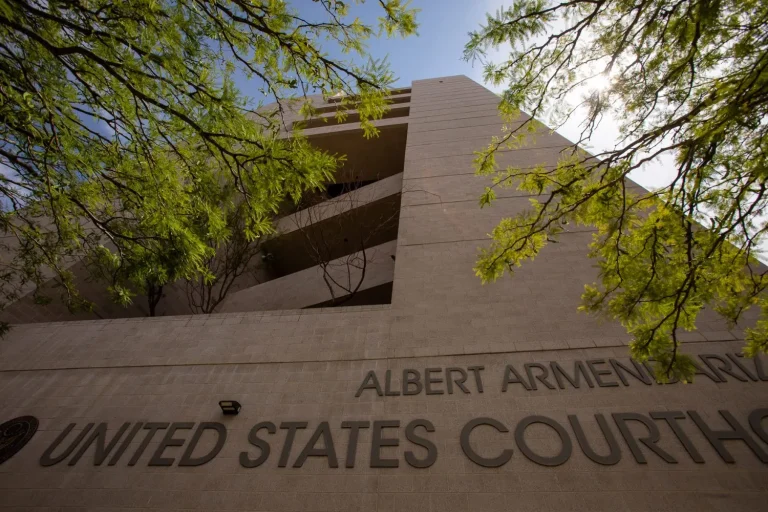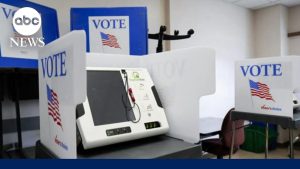Analysis of Alleged Irregularities in the 2024 United States Presidential Election
The 2024 United States presidential election has been the subject of significant scrutiny, with various claims suggesting systemic irregularities influenced the outcome. While official reports from mainstream media outlets heralded a decisive victory for Donald Trump, a deeper examination of electoral data and processes reveals a series of anomalies that warrant formal investigation.
Mr. Trump’s reported success, which included securing seven key swing states, was presented as a definitive mandate. However, concerns have emerged from a variety of sources, challenging the integrity of these results.
Specific Allegations of Vote Discrepancies and Digital Manipulation:
A notable case has arisen in Rockland County, New York, where data indicates zero votes recorded for the sitting Vice President, Kamala Harris, in multiple districts. This statistical unlikelihood is further underscored by numerous sworn affidavits from residents asserting they cast ballots for Ms. Harris, with some providing photographic evidence of their submitted votes. This suggests a potential “digital erasure” of votes, rather than a mere technical malfunction.
Smart Elections, a nonpartisan oversight organization, initiated an inquiry into these patterns. Their investigation has highlighted incongruities between presidential and senatorial vote totals within the same precincts. For instance, one precinct reportedly recorded 347 votes for Democratic Senator Kirsten Gillibrand but none for Ms. Harris, a disparity that raises questions about the tabulation process. Similarly, in another precinct, nine votes for a third-party Senate candidate were registered as only five by the machines, indicating a potential loss or alteration of four votes.
A lawsuit addressing these concerns was filed with the New York Supreme Court in May 2025. Judge Rachel Tanguay’s ruling to permit full discovery in this case signifies a pivotal development, potentially allowing for the first comprehensive hand recount of paper ballots in a U.S. presidential election to verify machine-tallied results. A full hand recount is scheduled for September. Should discrepancies be confirmed, it would constitute the initial legal substantiation of widespread digital tampering in a national election.
Broader Systemic Vulnerabilities and Allegations of Unauthorized Access:
Beyond localized incidents, a pattern of concerning activities has been reported across various states. In Mesa County, Colorado, former clerk Tina Peters, a known supporter of Mr. Trump, allegedly facilitated unauthorized access to Dominion voting system data. This data was subsequently disseminated and utilized in events advocating election denial. While Ms. Peters was indicted, convicted, and sentenced to nine years imprisonment for these actions, Mr. Trump’s public defense of her conduct, including suggestions of a pardon, implies a potential connection to a broader strategy.
Furthermore, in electorally significant states such as Georgia, Michigan, and Arizona, anonymous sources allege that unauthorized individuals gained access to voting software under the pretext of routine maintenance. These individuals are claimed to have copied hard drives, manipulated code, and extracted system files. They are also accused of employing “trusted build” processes to introduce unverified software patches, subsequently asserting the systems’ security based on logic and accuracy tests. However, as cybersecurity experts at conferences like DEFCON have repeatedly demonstrated, the integrity of logic tests is contingent upon the underlying code, and voting machines from various manufacturers, including Dominion and ES&S, have shown vulnerabilities to malware, remote access, and vote manipulation. These demonstrations, often dismissed as theoretical by local officials, now appear to have been prescient warnings.
Reports from anonymous sources within election technology laboratories indicate that software updates were expedited and inadequately reviewed in 2024. One entity, ProVNV, is alleged to have certified substantial changes as “minor,” thereby circumventing more stringent Federal Election Assistance Commission requirements. The subsequent disappearance of ProVNV’s website in mid-2024, without explanation or follow-up, adds to the opacity surrounding these processes.
Implications for Election Integrity and Public Perception:
These claims collectively suggest that the software underpinning the 2024 U.S. elections may have been covertly and illicitly altered. This implies that ballots scanned by machines may not accurately reflect voter intent, rendering certified results potentially compromised regardless of official endorsements.
The perceived lack of widespread public outcry, despite the gravity of these allegations, can be attributed to factors such as post-January 6th fatigue and a societal inclination towards institutional legitimacy. Media narratives that emphasized the election’s security, without extensive critical examination of the underlying data, may have further contributed to this outcome.
However, statistical anomalies persist. In Pennsylvania, Mr. Trump reportedly garnered nearly 200,000 more votes than Republican Senate candidates, an unprecedented disparity. In Arizona, Ms. Harris’s support declined in counties where Democratic candidates prevailed in all other races. Michigan exit polls indicated a 6% lead for Ms. Harris, yet official results showed a 2% loss in the state. These discrepancies, which exceed typical margins for voter error or apathy, suggest algorithmic manipulation. Professor Max Bonmente’s statistical analyses have identified unusual vote patterns in precincts utilizing identical tabulation machines, particularly where results deviate significantly from expectations observed in hand-marked paper ballot jurisdictions with manual audits.
Conclusion and Call to Action:
The evidence presented suggests that the 2024 election was not a genuinely free or fair contest, but rather a “digital coup” executed without overt conflict or immediate widespread opposition. This was facilitated by a fragmented electoral system, lacking robust federal oversight, and a public susceptible to political exhaustion.
The present situation underscores critical vulnerabilities in the machinery of democratic power. The integrity of the electoral process relies on systems that are not only transparent and comprehensible to the public but also resilient to manipulation. Prior warnings regarding mass surveillance (Edward Snowden), military secrecy (Chelsea Manning), and opaque voting systems (Anonymous) were largely unheeded.
Nevertheless, the potential for corrective action remains. The physical paper ballots in Rockland, Pennsylvania, Maricopa, and Fulton counties represent tangible evidence. Transparent, manual audits of these ballots are imperative to ascertain the truth. The window of opportunity is diminishing as evidence degrades over time and those who allegedly compromised the election rely on public indifference.
Therefore, a concerted demand for comprehensive audits in all swing states is essential. Accountability must extend not only to individuals implicated in potential misconduct but also to those who certified results without due diligence. Transparency, encompassing both algorithmic code and procedural processes, is paramount. Above all, implicit trust in machine tabulation must be replaced with human verification.
https://www.politico.com/2024-election/results/swing-states/#:~:text=Nov.,Steve%20Shepard



